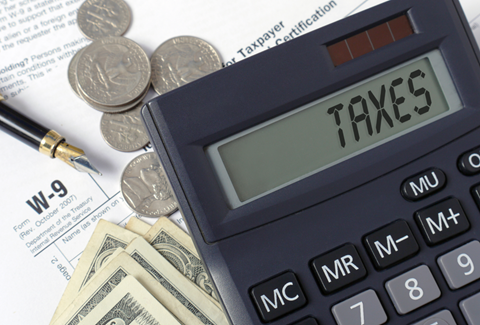Holding Period
Updated on 2023-08-29T11:57:07.390941Z
A stock market is a dynamic place where buying and selling keep happening every second. There are several investors in the stock market who invest in various financial securities with the aim of gaining profits from them by increasing the value of the assets.
Holding period can simply be defined as the duration of time for which an asset or financial securities are held by an investor or an entity before selling it. During this period, the investor continues to invest in that particular asset. In the case of a long position, the holding period indicates the time in between the buy and sell of an asset. However, in the case of a short position, the holding period is recognised as the timespan when a financial security is bought by the seller and is delivered to the lender to close the position. At times, the longer the holding period is the more profit is earned on selling as the value keeps increasing with time.
Summary
- Holding period can simply be defined as the duration of time for which an asset or financial securities are held by an investor or an entity before selling it.
- Any financial security that is held for less than a year is considered as a short-term investment.
- The profit earned from holding an asset until its sale, is known as holding period returns.
- The holding period plays a major role in calculating the tax payable for the investments.
Frequently Asked Question (FAQ)
How can holding period be classified?
The holding period is broadly classified into two categories:
- Long-term period
- Short-term period
The holding period is also significant in terms of capital gain tax calculation. Generally, a long-term investment charges less tax as compared to short-term investments. Any financial security that is held for less than a year is considered as a short-term investment. Most business organisations opt for short-term investments such as bonds and stocks as it yields a higher rate of interest to them.
The profit earned from holding an asset until its sale, is known as holding period returns. Holding period return depends upon the total return from an asset.
What are the rules involved with the holding period?
There are a few set of rules involved with the holding period. They are:
- When security or appreciated stock is received as a gift, the donor’s basis used for determining the cost basis of the recipient.
- The holding period of the donor gets added up to the holding period of the recipient. This is beneficial for the recipient investor as the added holding period adds up to the value of the asset which is why it is also known as ‘tracking on’.
- In the case of a stock dividend, the holding period of new shares is the same as that of the old shares.
- The gifted stock dividends will only qualify if they are held for the minimum time frame.
What is the significance of the holding period?
The holding period of an asset determines the two most important aspects of investment, returns and taxation. With regards to taxation, it can be rightly said that the taxes are inversely related to the holding period of certain assets and securities. The short-term holding investments are taxed in a different way than the long-term holdings. Therefore, the holding period plays a major role in calculating the tax payable for the investments.

Image source: © Pryzmat | Megapixl.com
On the other hand, considering returns on investment, which is the main purpose of investing also depend upon the holding period of an asset. An asset can pay you back in several ways. As time passes, the value of the asset and initial investment grows along with many companies offering dividends. Therefore, the return on investment is directly proportional to the holding period. Investors tend to expect to earn more profit as the holding period increases.
How can the holding period be calculated?
The holding period begins from the next day of the acquisition of the asset and is continued up to the day of its sale or delivery. Since the tax payable is depending upon the holding value, it is significant to calculate the holding period accurately. For example, let us assume that Alex has bought a share on the 5th of January. The holding period begins from the next day of purchase which is the 6th of January. Therefore, the 6th of every month will be considered as the beginning of the new month and the tax will be calculated accordingly.
The formula for calculating the holding period return is:

Image source: Copyright © 2021 Kalkine Media
Example of an holding period.
Let us assume that Kate has bought 100 shares on 21st April 2020. The holding period for her shares begins from the next day which is 22nd April 2020. Now Kate decides to sell of her shares on 22nd December 2020. Thus the holding period of her shares is 8 months. Since the holding period is less than a year, it falls under the category of short-term investment and the tax is calculated accordingly. If the holding period exceeds one year then it becomes a long-term investment.